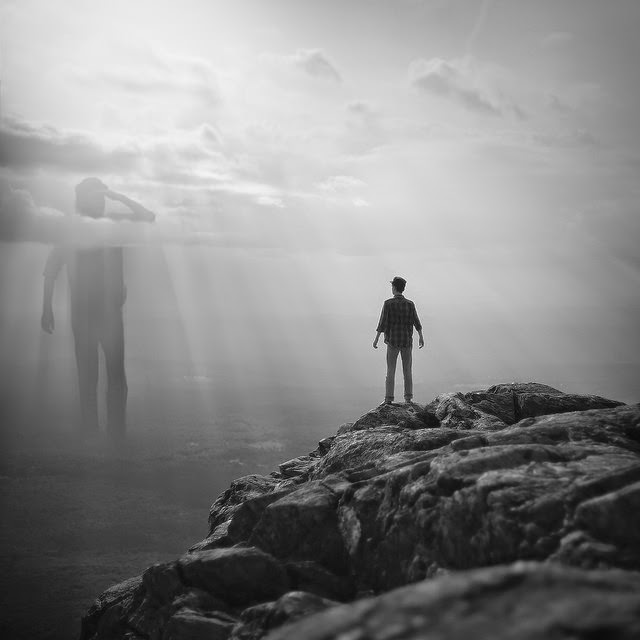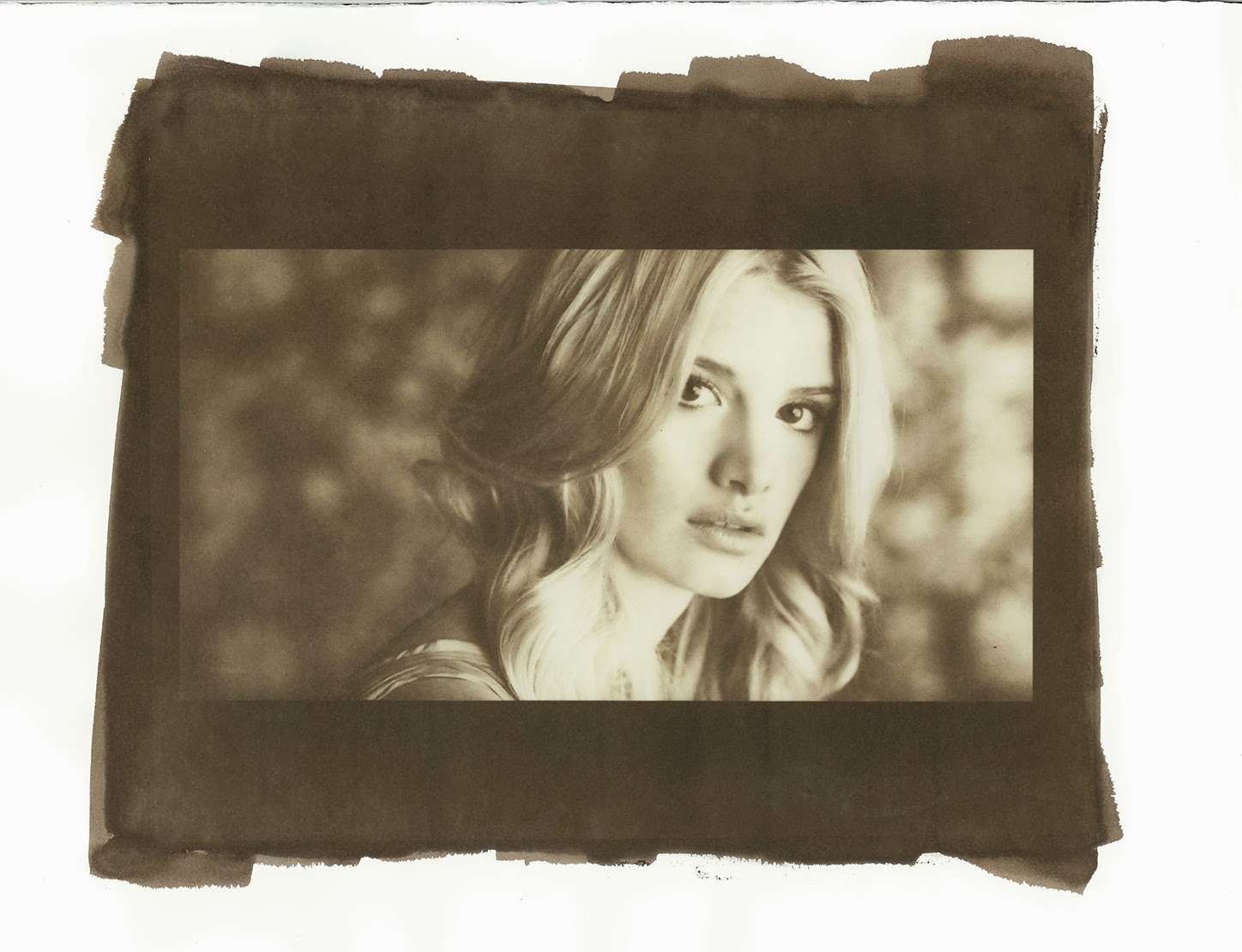Recently at the Hirschhorn Museum in Washington D.C. they held an exhibit about destruction. Everything on that level of the museum was extremely obviously about destruction. But, majority of those pieces of art lacked something beautiful.
Yes, the artists were trying to get their point across about the destruction and how drawing it, photographing it, making a sculpture to represent it, creating a video showing the destruction of an object, or even having a performance piece all about destroying something beautiful can be a necessary and beautiful act or even leave a beautiful mess. But something that I have found over and over again that I just clumped into this same pile of beautiful destruction was the actual act of creating something more beautiful by destroying something.
Not sure if everyone who reads this will completely understand but I find a very large difference between the two (well not very large difference, but a difference still). Let me try and give some examples...
 |
| Monika Sosnowska, Stairway, metal and PVC handrail, 2010, 222.4 x 98.4 inches |
This sculpture by Monika Sosnowska titled "Stairway" might just be a destroyed staircase, but the actual final product of the crumpled up staircase compared to the before of a typical spiral staircase seems so much more aesthetically pleasing and beautiful. In connection to the destruction theme, yes this definitely can apply for both themes especially once reading her statement: "Monika Sosnowska was inspired by an emergency staircase, built in 1971
at ‘The Museum of History of Tel Aviv’, which she discovered during a
residency in Israel in 2008. She documented the stairwell with a
photograph, just before its deconstruction. This image creates the point
of departure for her own fabricated interpretation of the found
architectural object by removing it from its original functionality
through dismantling, twisting and squeezing the main elements. By
changing the stairway’s direction Sosnowska challenges our perception.
She captures the site, abstracts and freezes the space and creates an
optical illusion leading our gaze upwards the spiral." But, she takes the destruction of this piece even further when she flips it upside down, it's not just a destroyed staircase anymore it's a piece of art.
 |
| Ted Basdevant, mixed media, 2014 |
Another artist that I found on Tumblr was Ted Basdevant. This work really caught my eye for the exact reason I was trying to explain above: this photograph might be a great photograph, but once he added the destruction aspect of the paint/ink it goes beyond just an image and creates a beautiful piece of art. Not only does the entire mood and attitude of the piece change with the destruction aspect but it changes the meaning. It isn't just a girl posing anymore, it's this hidden creature now and we need to start asking more of the "why?" questions. (Which in my opinion is what makes great art, art.)
Interestingly enough we find that photographers gravitate towards destruction more than any other form of artist, maybe because gorgeous photographs of landscapes have already been done (and done well... I mean come on Ansel Adams). Therefore photographers have to find some sort of beautiful twist on the world that can either document something that is now completely apart of our lives or make up their own destroyed version of reality (through either Photoshop or sculpture). One example is Michel Le Belhomme who creates these beautiful sculptures or environments and photographs them. I would post some of his photographs here but they are copyrighted to him so go check out "The Blind Beast" series (http://www.phmuseum.com/michellebelhomme/series/the-blind-beast). Now whether or not he was going for the beautiful destruction theme he nailed it.
As artists we find beauty in everything, so it makes sense when we can look at something that is completely destroyed and still thing there is something cool about it. I want to backtrack a little bit and say that there still is great beauty in looking at something that was once beautiful and now is a broken mess on the ground and yes it does speak widely about us as humans. So in either aspect of literally creating the beautiful from the destroyed or seeing the beauty in something destroyed, I applaud us as artists for finding the silver lining and being in awe of things that most people would run and hide from.
Citations:
Monika Sosnowska - http://www.capitainpetzel.de/exhibitions/stairway/





















